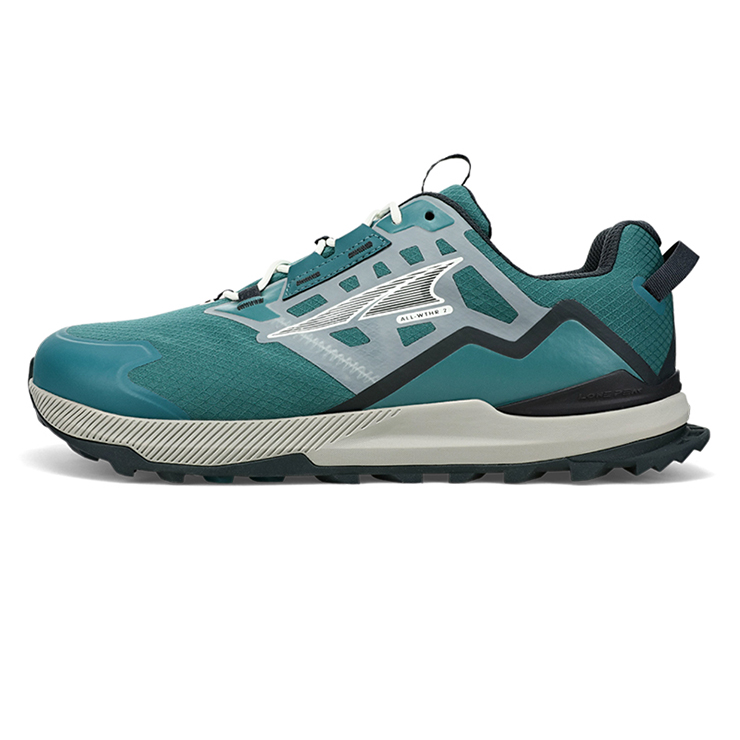
Wrong size?
Discover the return for size change.
RUNNING COLD: HOW TO START WINTER RUNNING
Winter is here, and it brought the cold along with it. Whether you’re a long-time runner or are just starting on your running journey, it can be a challenge to start running in cold weather.
Winter running can be just as rewarding as running every other time of year. To help you get out there and conquer the cold, we have put together some tips to help you get started running in cold weather.
BENEFITS OF RUNNING IN COLD WEATHER
As bizarre as it may sound, running in cold weather can actually be good for your body. Colder weather puts less heat stress on your body and is therefore less taxing on your body’s resources. Additionally, because your body has to work harder to keep you warm, you are likely to burn more calories when running in the cold.
We all know that the winter months bring out Seasonal Affect Disorder - SAD - which can bring down your mood. Getting outside and running is a great way to help fight off the winter blues and keep your mental health in check.

WARM UP YOUR MUSCLES
Just like you do in the summer, it is important to ensure your body is warmed up before beginning a workout. Before you step outside to brave the cold weather, it is important to do a few simple stretches or warm-up workouts to prepare your muscles for your upcoming run. It can be as simple as doing a few squats or jumping jacks, or a calming morning stretch. But it is always important to get your muscles warm before you hit the ground running.
KEEP AN EYE ON YOUR BODY IN COLD WEATHER
When it is hot out, it is important to make sure you are staying hydrated and keeping yourself from overheating. But it is just as important to listen to your body when running in cold weather as it is in hot weather. Even if you are not sweating as much when running in the cold, your body still needs to stay hydrated - even if you don’t feel thirsty yet.
There is such a thing as too cold. Before you head outside, check the weather to make sure you will be safe on your run. This means letting yourself be okay with turning around if your extremities feel too cold. It is always smart to give yourself a temperature threshold so you don’t risk running below a temperature that is too cold. Experts recommend limiting time outdoors if temperatures get into the negative.
GET THE RIGHT COLD WEATHER GEAR
No workout is complete without the right gear. As the temperature goes down. That means it is time to bundle up. Thermal tops and pants are a great base layer to get on before getting outside in cold weather.
After addressing your body, it’s time to focus on your extremities. A good pair of thermal gloves and socks will help keep your hands and feet warm. Speaking of feet - how is the ground looking beneath your feet? If you plan to run after a snowfall or freeze, it is important to get spikes or grips that will help you keep from falling or slipping on ice.
To top off your winter run, it is important to keep your head warm. The colder it is, the more you want to protect as much of your face as possible with a hat, earmuffs, a facemask, or even a scarf.

Shoes are one of the most important parts of your winter walking gear. The Lone Peak Low All Weather 2 is made to stand up to the elements. eather-resistant eVentä Bootie construction gives you the protection you need, while Altra MaxTracä outsole gives you the grip and traction you need when running in cold conditions. Conquer any weather this winter with shoes made to keep your feet comfortable and protected.
Join our Newsletter
You will always be up to date with news on campaigns, collections, arrivals and events.

Loading...

Copyright © 2024 ALTRA RUNNING - Via Laveggio 5, 6855 Stabio Switzerland - VAT number: CHE-111.650.898 - All Rights Reserved - Powered by FiloBlu